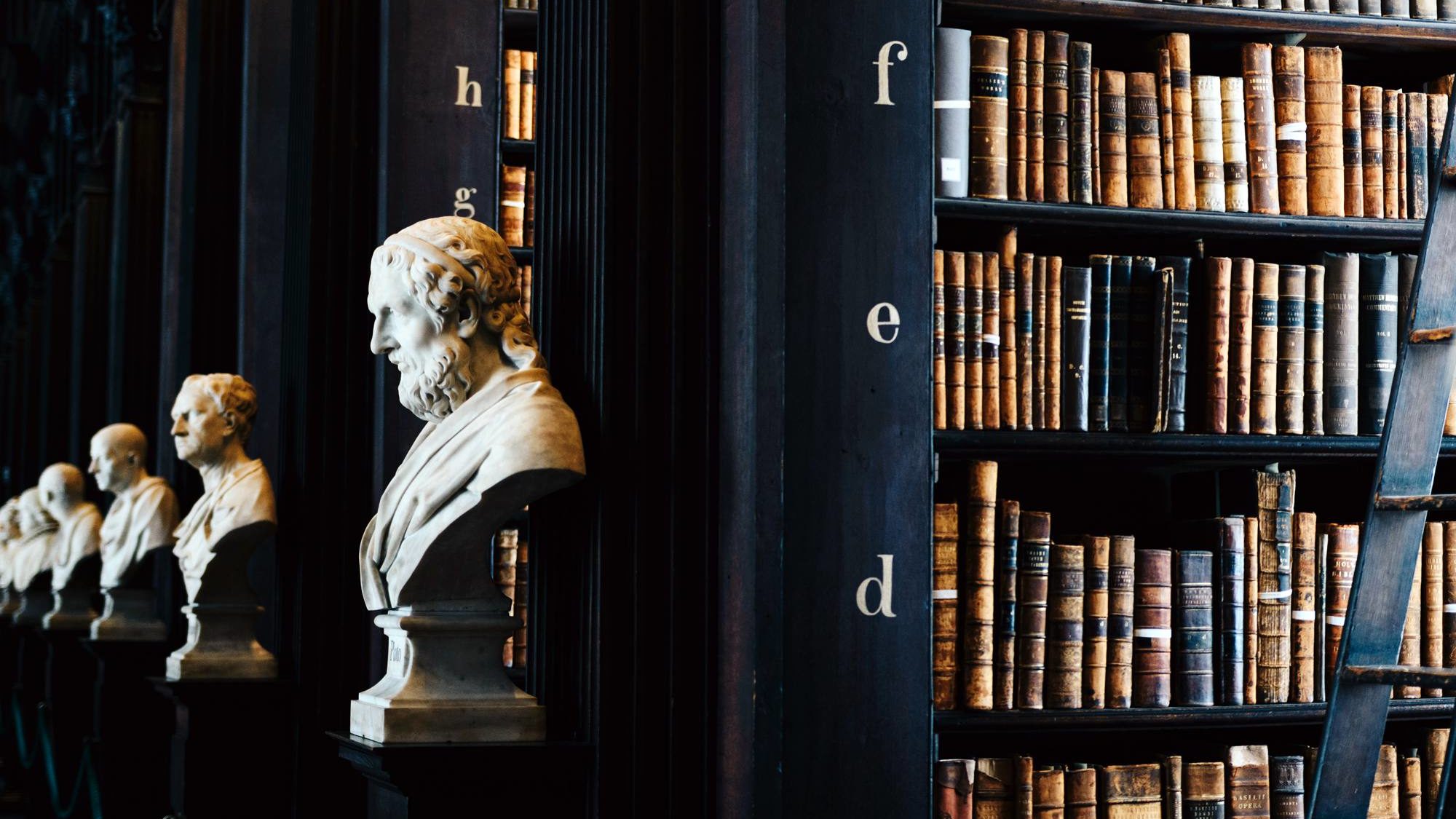
Introduction
Welcome to Session 1 of the series on the Law Explained and the topic tonight being “The Fundamental Truths of Law”.
Session 1 is about making sure we have a clear foundation as to what is the law? What the law is not? The principles and key maxims that have stood the test of time and why there is such a cognitive dissonance between the truth of law, what is claimed officially in textbooks, dictionaries and legal colleges and the supposed “secret knowledge” held by practitioners of various legal fraternities and guilds? Slides below.
Part 1 – The Fundamental Truths of Law
Page 4 – The Ultimate Truth of Reality
Page 5- The Tripartite Nature of our Existence
Page 6- The Tripartite Relations of Life
Page 7 – The Duality Nature of our Existence
Page 8 – The Duality Relations of Life
Page 9 – What is Law?
Page 10 – What is Law II?
Page 11 – What is a Right?
Page 12 – What are some key Rights?
Page 13 – The Law is necessarily fictional
Page 14 – The legal world of Form is Fiction
Page 15 – What is Person?
Page 16 – What is a Thing?
Page 17 – The Hierarchy of Law
Page 18 – All Law is first Auricular (spoken)
Page 19 – The Golden Rule of Law
Page 20 – What Law is Not
Page 21 – What is Justice?
Page 22 – What is Not Justice?
Page 23 – What is Due Process?
Page 24 – The Rule of Relation
Page 25 – The Rule of Sequence
Page 26 – Law, Reason and Action
Page 27 – What is an Action In Law?
Part 2 – History of Law
Page 29 – History of Law – From beginning to 1540
Page 30 – History of Law – From 1540 to 1798
Page 31 – History of Law – From 1799 to 1920
Page 32 – History of Law – From 1945 to present
Page 33 – The Truth of Rule of Law
Page 34 – The Truth of modern Public Law
Page 35 – The Truth of modern Judges – Additional Materials
Page 36 – The Truth of the Legal Adversarial System
Page 37– The Truth of modern Police Powers
Page 38 – State of Law Today

